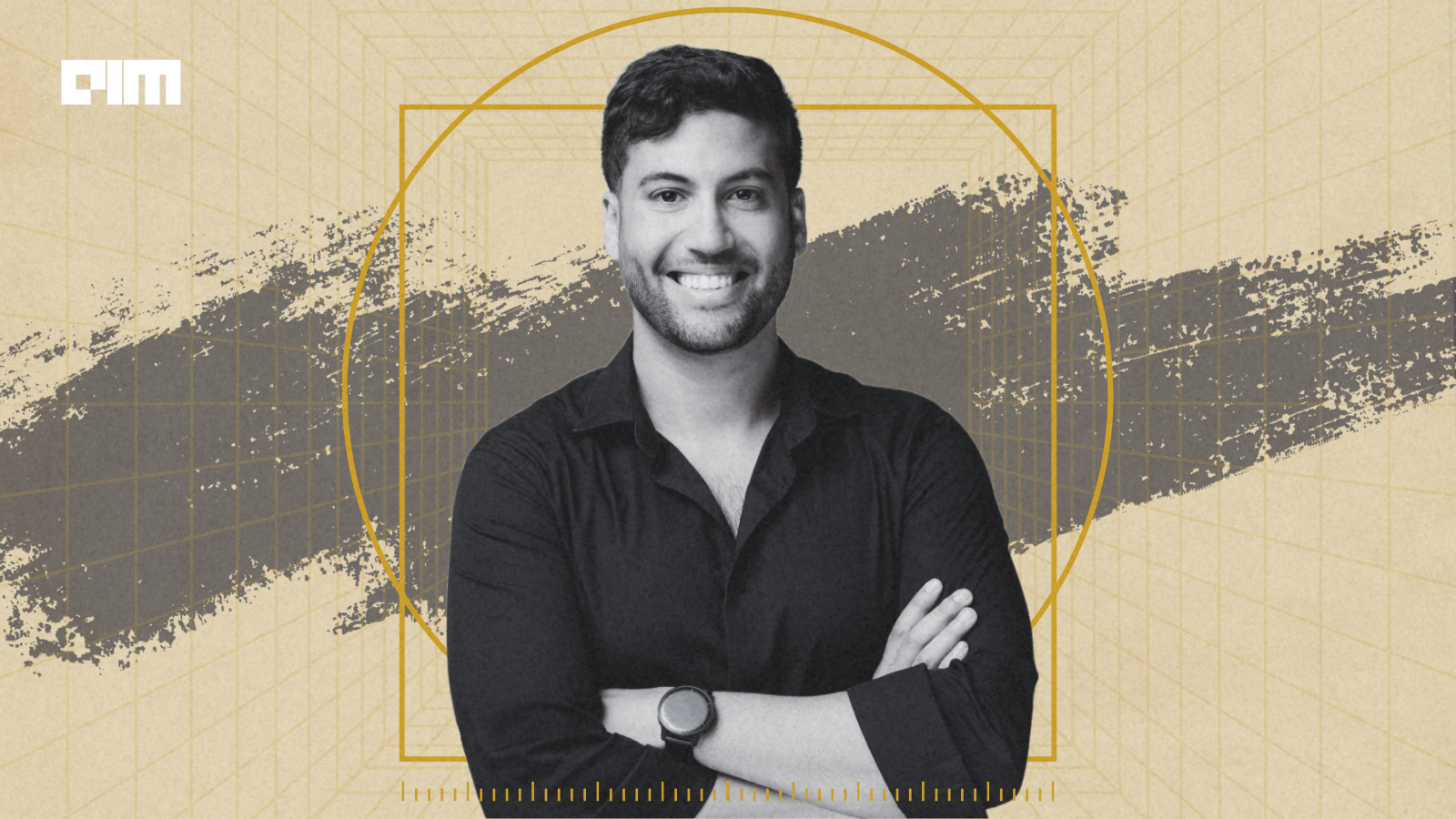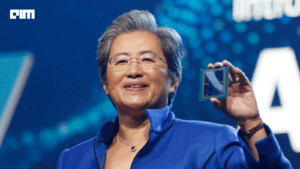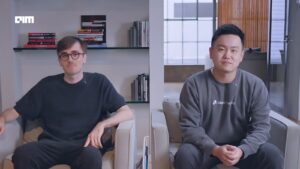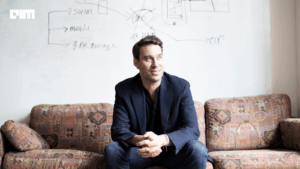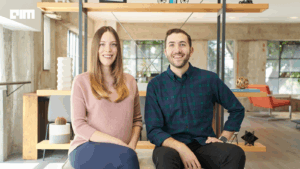In the 1990s, mechanical engineers who adopted CAD tools first gained a 10x efficiency advantage over peers using pen-and-paper drafting. Dr. Maor Farid sees the same kind of revolution today, but with AI. “For months I was finding bolts and ball bearings in hard copy books and PDF files… it was exactly the opposite of innovation or creativity,” he recalled to AIM Media House. With Leo AI, Farid is giving engineers the tools to reclaim creativity, making tedious tasks invisible so humans can focus on innovation.
Building on that vision, Leo AI recently closed a $5 million seed round, bringing total funding to $9.7 million. The round was led by Flint Capital and included investors such as an Andreessen Horowitz scout, TechAviv, Two Lanterns VC, and individuals like Bertrand Sicot, former CEO of SolidWorks, and Prof. Yossi Matias, VP at Google and Head of Google Research. Co-founded by Maor Farid and Moti Moravia, the company plans to use the funding to grow its team, expand into new markets, and accelerate product development, continuing its mission of offloading tedious engineering tasks to AI while giving human engineers more time to innovate.
Frustration Fueled Innovation
Farid’s journey into mechanical engineering started as a teenager, dreaming of designing robots and medical devices that could change lives. He excelled academically, completing his bachelor’s, master’s, and PhD with honors in mechanical engineering. Yet his early career exposed a gap that frustrated even the most ambitious engineers.
“I pivoted my career into AI after realizing the mess of engineering information,” Farid explains. Searching for parts and documentation consumed months of his time, stifling creativity. He and his partner decided to build a solution. Today, the company says Leo AI is used by more than 57,000 mechanical engineers worldwide, helping them save the tedious work and focus on designing impactful products.
The team behind Leo conducted extensive research before writing a single line of code. “We surveyed and interviewed more than 900 mechanical engineers, from juniors to VPs, and itemized the most time-consuming tasks they faced,” Farid says.
“What you see now in Leo is basically solving what they asked for.”
Leo serves two core user personas. The first are engineers in large organizations, where vast PLM databases store CAD files, PDFs, and other product documentation. Leo acts as a “super senior engineer,” reading and understanding all that data to answer context-aware questions. The second persona includes small teams or solo innovators, using Leo to rapidly generate 3D concepts and full product documentation.
“Now, you can design a 3D object and automatically get a nine-page-long document ready to send for bids or customers. It’s like having an engineer working for you.”
Another key feature allows engineers to modify previous designs for new requirements. Farid explains: “I designed a housing for a device and then a new model came out. Leo helps me adjust my previous assembly for the new specifications, so engineers save hours on tasks that would normally be completely manual.”
Supercharging Engineers
While some fear AI will replace human engineers, Farid emphasizes that Leo was built to amplify human capability. “Everything we’ve built in Leo is to make the human engineer a superman, a hero,” he says.
“We want engineers to focus on the 20% of work that’s creative and innovative, while Leo handles the tedious 80%.”
According to Farid, the company measures accuracy rigorously. Experienced mechanical engineers validate outputs manually and via automated systems. Users can also rate results, providing real-time feedback. Farid believes adoption itself is a strong validation:
“We see dozens of percent growth month over month. Engineers who love the platform aren’t just testing it-they’re subscribing for a full year.”
Leo’s architecture is another differentiator. The Large Mechanical Model (LMM) goes beyond traditional LLMs, processing CAD geometry as tokens rather than just words. “LLMs are trained to assemble sentences,” Farid explains. “We train LMMs to assemble mechanical parts into functional assemblies, understand constraints, and answer engineering questions based on geometry, not just text.”
This approach has led to unexpected insights. Some enterprise users, Farid admits, “didn’t care as much about automatic 3D assembly generation as we thought-they love doing that part themselves. What they hate is figuring out how to assemble efficiently. That’s what Leo offloads.”
Shaping the Future of Engineering
“Engineers who harnessed SolidWorks in the ’90s replaced those using pen-and-paper drafting. The same is happening now with AI. Engineers armed with Leo will replace those who aren’t.”
Leo’s advantage over incumbents isn’t just technology; it’s context, integration, security, and CAD capability. “Big incumbents have been talking about AI for seven years, with minor results,” Farid says. “We are the first AI made by and for mechanical engineers in production.” Pulling away from general-purpose LLMs, Leo integrates directly into PLMs, workflows, and design environments, with enterprise-grade security to protect intellectual property.
Farid is careful not to over-speculate about competitors but notes that startups like Leo can move faster in niche, highly integrated, AI-native solutions. “We focus on what startups can do best-build tools that deeply understand engineering context and accelerate human creativity.”
From a career frustrated by tedious searches to building an AI platform transforming mechanical engineering, Farid’s story is as much about people as technology.
“Leo is here to give engineers a competitive advantage, not replace them.”
“Mechanical engineers who embrace AI, learn to leverage tools like Leo, and focus on creative problem-solving will thrive; those who don’t risk being left behind,” he says. For him, the vision is clear: automate the tedious 80% of engineering work so humans can dedicate themselves to the 20% that drives innovation, impact, and meaningful design. In Farid’s view, the future of mechanical engineering is not AI versus humans-it’s AI empowering humans to achieve more than ever before.

